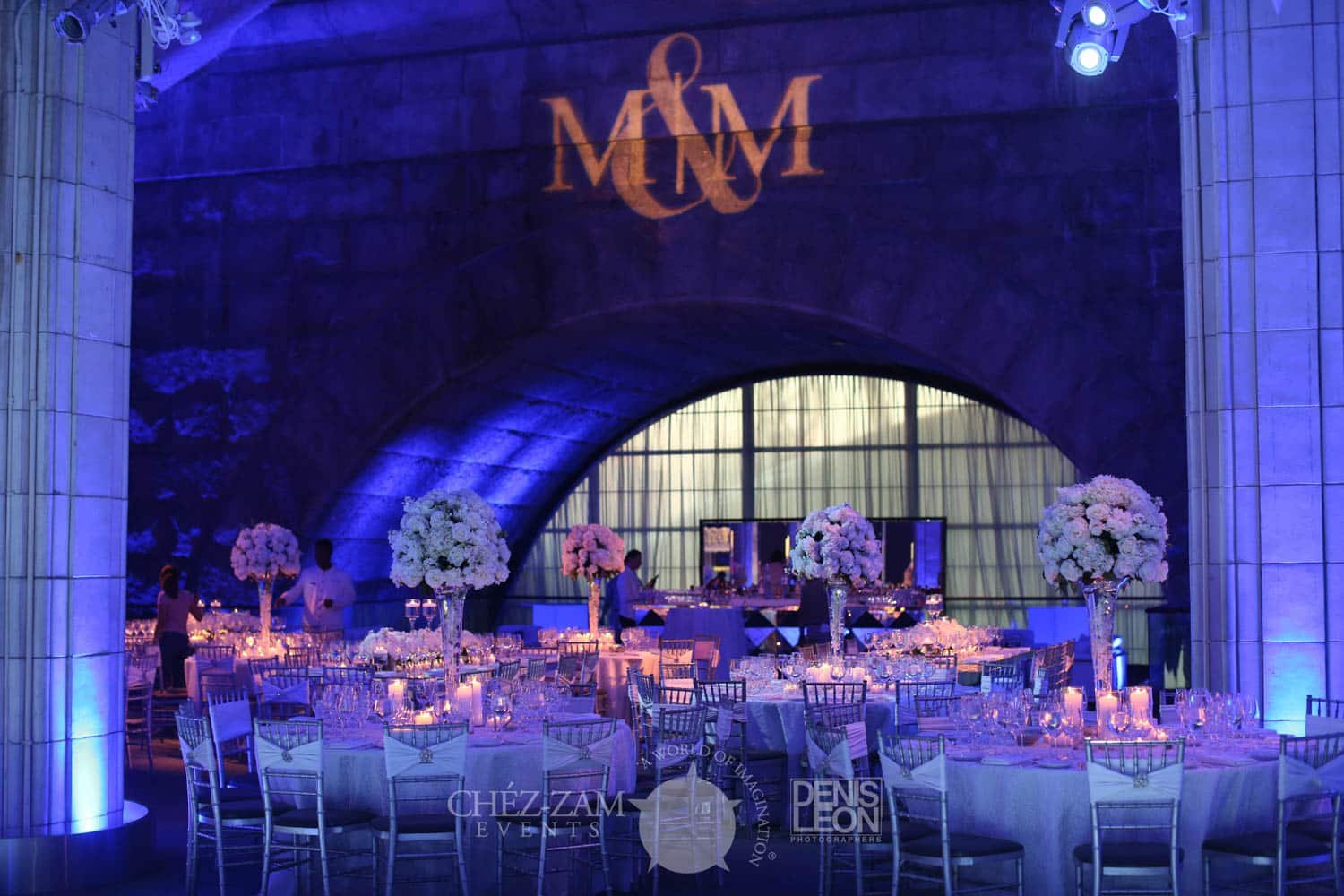Advantages of LED Video Screens Over Conventional Projection Systems for Modern Graphic Displays
Advantages of LED Video Screens Over Conventional Projection Systems for Modern Graphic Displays
Blog Article
LED display screens have grown increasingly popular in multiple settings, such as schools, corporations, and leisure venues. These advanced visual technologies offer several benefits over conventional projection technologies. Understanding these benefits can help companies make informed choices about their display needs. This article will explore the key advantages of LED display walls, including brightness, image quality, flexibility, upkeep, and energy conservation.
One of the key significant benefits of LED video walls is their brightness. LED tech produces vibrant and bright pictures that can be easily seen in multiple lighting environments. Unlike conventional projectors, which can have difficulty in well-lit environments, LED display screens maintain their clarity and color accuracy even in bright rooms. This makes them perfect for external events or locations with big openings. The elevated brightness levels ensure that the material displayed is consistently visible, making it simpler for viewers to engage with the information being presented.
In furthermore to luminosity, LED video walls provide enhanced visual quality. They offer higher definition and improved color reproduction compared to conventional projection systems. This means that pictures and footage displayed on an LED wall appear sharper and more defined. The dot density of LED displays allows for close observation without losing clarity, which is especially important in settings like trade fairs or conferences where viewers may be close to the display. Furthermore, Light Emitting Diode tech can produce richer blacks and more intense colors, enhancing the complete aesthetic impression.
Flexibility is another key benefit of LED display walls. These systems can be configured in multiple dimensions and shapes to fit varied areas and design requirements. Unlike traditional projectors, which require a specific distance from the screen to function properly, Light Emitting Diode display walls can be installed in a variety of settings. They can be bent, arranged, or even used in innovative layouts to create distinct visual exhibits. This adaptability allows organizations to customize their visual presentations to suit their specific requirements, making Light Emitting Diode display walls a versatile choice for any setting.
Upkeep is also a crucial consideration when contrasting Light Emitting Diode display walls to conventional projector technologies. LED screens generally require fewer upkeep over the years. Conventional projectors often need bulb replacements and regular maintenance to maintain peak functionality. try this site In contrast, Light Emitting Diode tech has a greater duration and does not require regular replacements. This lowers downtime and maintenance costs, making Light Emitting Diode display screens a more economical option in the long-term run. Organizations can focus on their presentations rather than worrying about the maintenance of their display technologies.
Lastly, power conservation is an essential factor for many companies. Light Emitting Diode display screens consume fewer power compared to conventional projection technologies, which can lead to significant reductions on power costs. This is particularly advantageous for companies and locations that use screens for long times. Additionally, the lower energy consumption of LED technology contributes to a reduced environmental impact, making it a more sustainable choice. By choosing Light Emitting Diode display screens, companies can benefit from high-quality visual displays while also being mindful of their energy consumption and ecological footprint.
In conclusion, LED display screens offer many benefits over traditional projection systems. Their brightness, image clarity, adaptability, minimal upkeep needs, and power efficiency make them an excellent choice for modern visual screens. As innovation continues to progress, LED video walls are likely to grow even more common in multiple settings, providing organizations with the tools they require to efficiently convey and interact with their audiences.